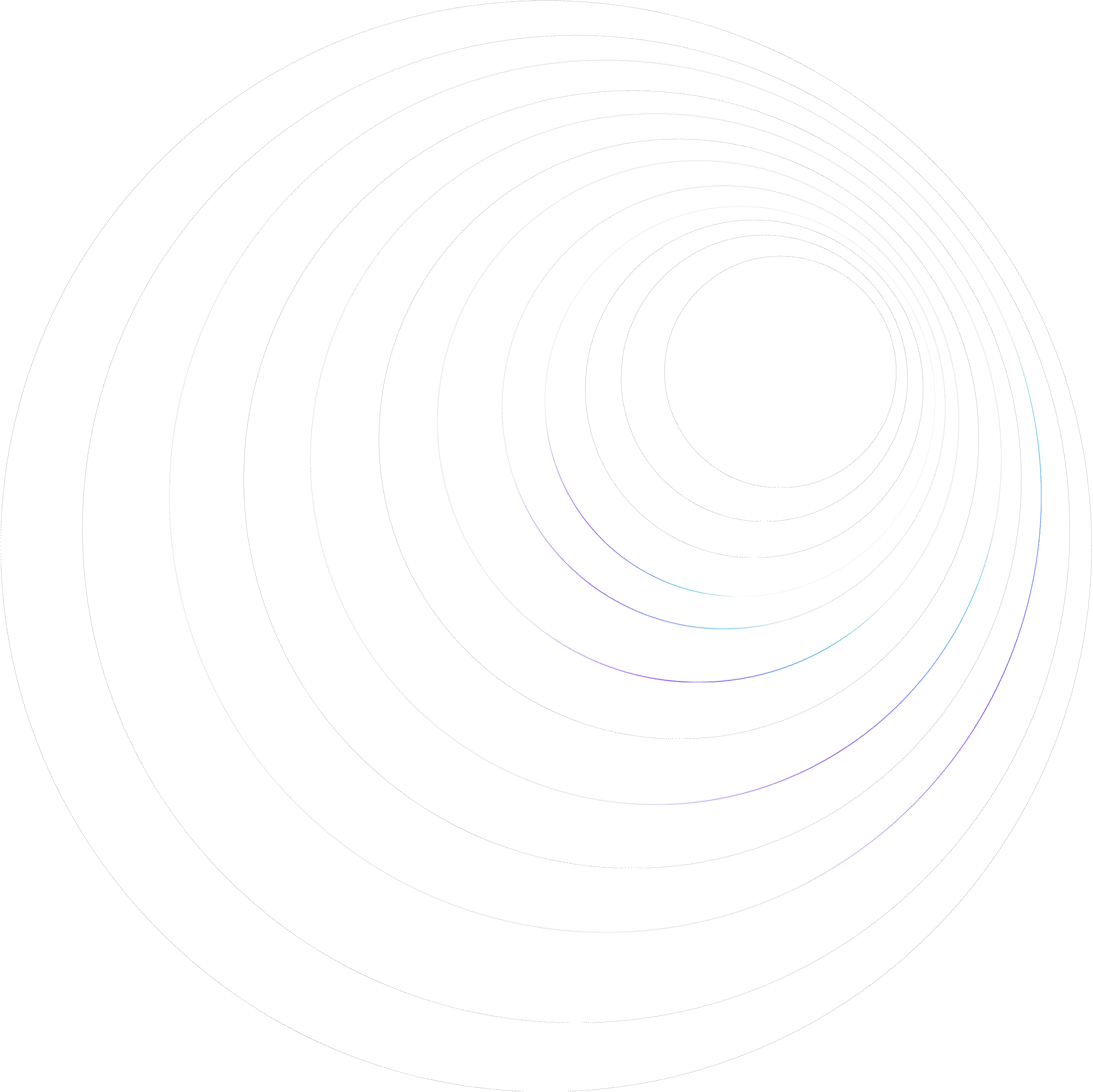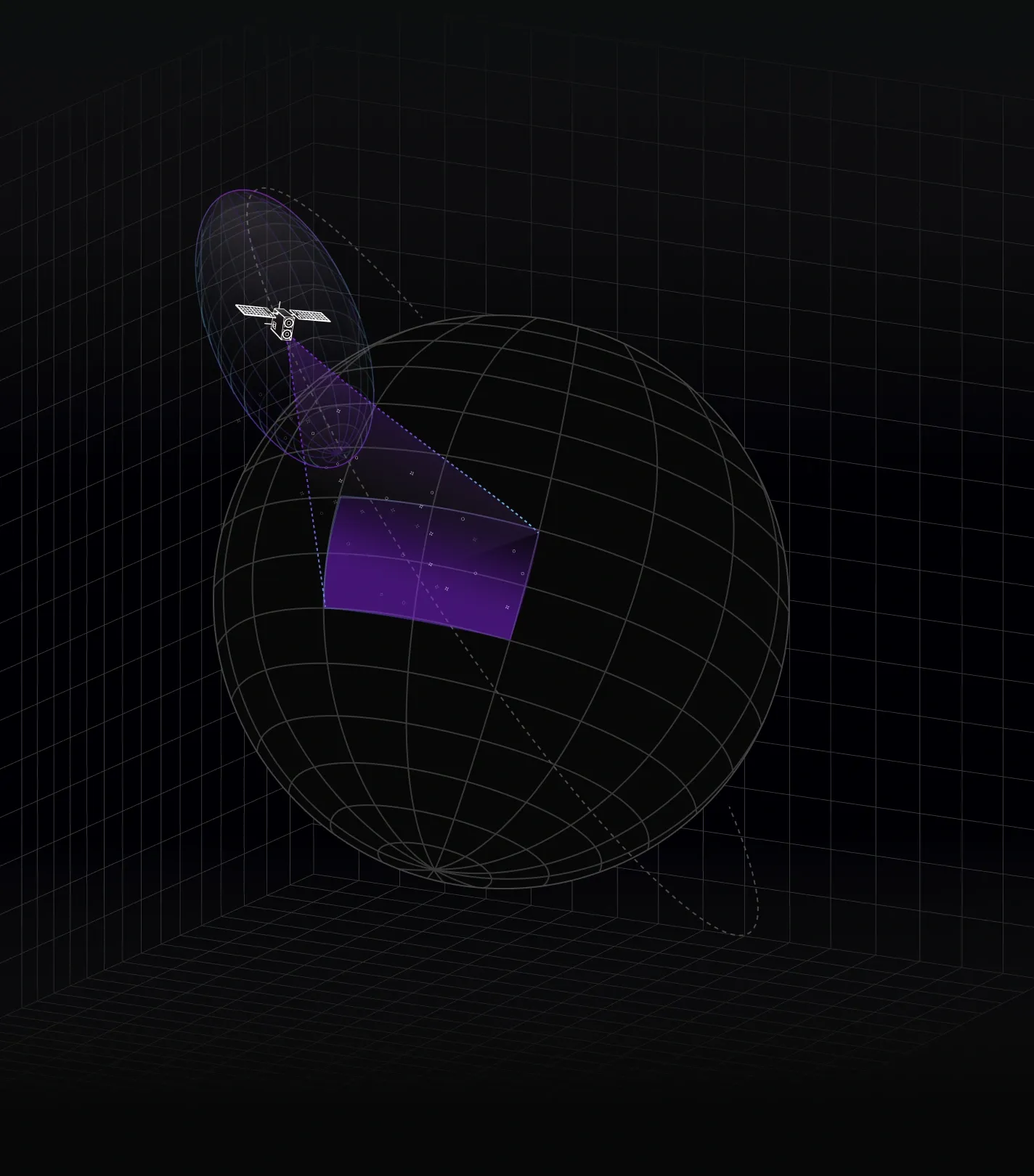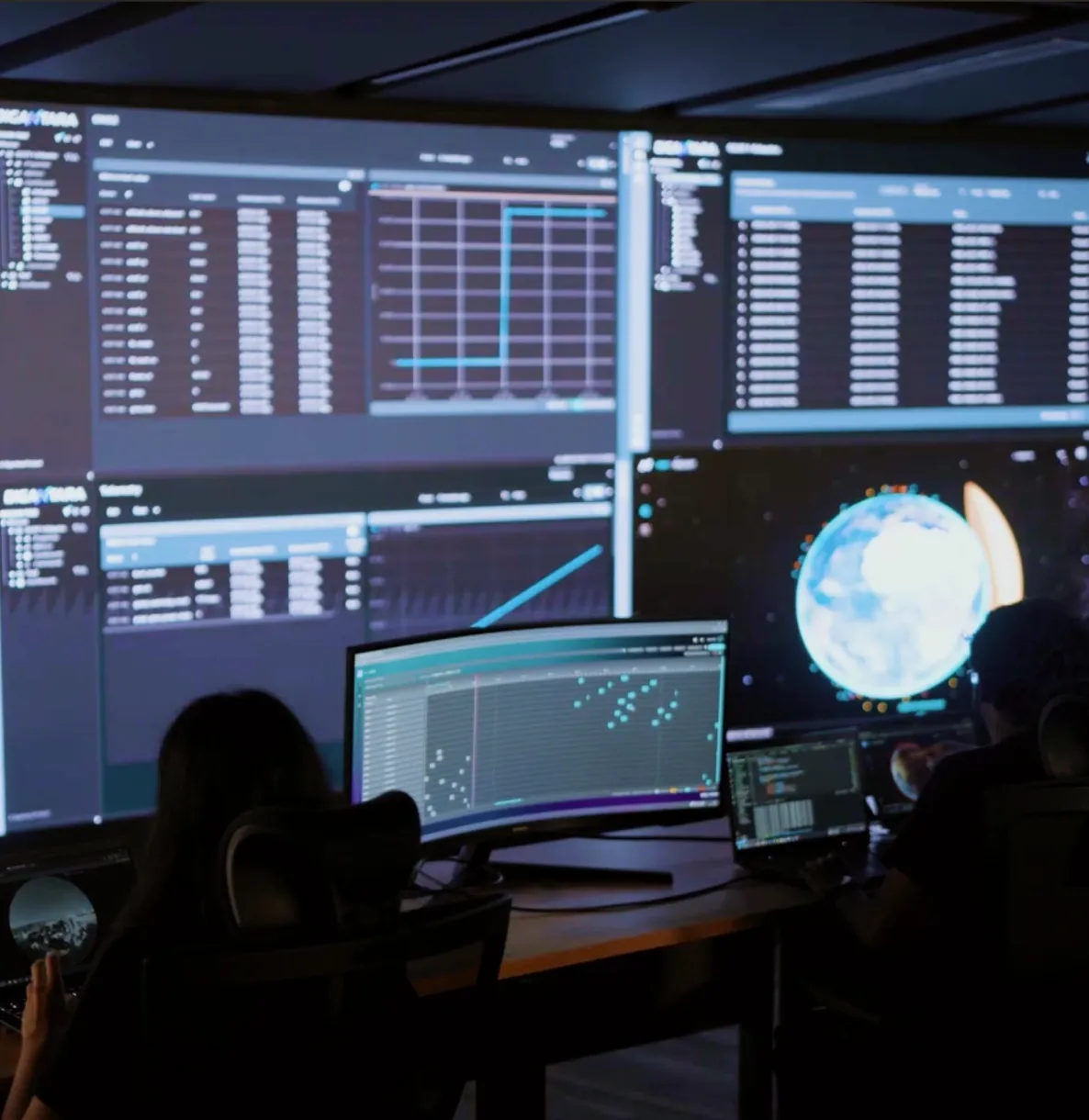Tailored Access
Data delivered as custom on-demand reports, through an API, or accessed via a dedicated interface.

MAP
Decision-ready analytics & modelling platform for mission assurance, planning, & operations.
From launch
to legacy
The MAP suite of analytics leverages the power of AIRA to help satellite operators plan, protect, and optimise their missions. From launch to de-orbit, it delivers the insights needed to avoid risks, stay on course, and make confident decisions at every step of the mission lifecycle.


Critical insights like conjunction alerts delivered < 15 secs and manoeuver < 4 mins.

Mission-ready capabilities designed for uncompromising reliability and security.

40% more accurate tracking predictions compared to traditional systems.

Detect objects as small as 3cm, tracking 20x more objects.

Supports every mission profile, from single satellite launches to complex constellations.

Supports mission automation, anomaly response, and predictive guidance for complex tasks.

Data delivered as custom on-demand reports, through an API, or accessed via a dedicated interface.
Seamlessly integrates into your Common Operating Picture (COP), mission planning platforms, or any custom data dashboards.
Air-gapped on-prem deployment ensuring complete protection in high-security settings.

The design of collision avoidance maneuvers in real case scenarios involves intricate decision-making processes, demanding varying fidelity of data and processes at different stages. Mission constraints, propellant constraints, reliability of collision risk estimation, nature of secondary objects and even operator’s schedules contribute to the process of decision making. Therefore, it is imperative to adopt a multi-perspective approach to the problem formulation involving many (if not all) of the above-mentioned aspects. In this context, the maneuver design for collision avoidance is formulated as a heuristic multi-objective multi-perspective optimization problem in this research and the solution is obtained using Differential Evolution (DE), an evolutionary optimization technique. The objective functions to minimize in the problem formulation are a) mass of fuel used b) the collision probability after maneuver(s) c) the deviation of the maneuvered trajectory from the non-maneuvered nominal trajectory and d) disruption time of routine payload operations (defined as the time span for which the spacecraft deviates from its nominal orbit).
This white paper elucidates Digantara’s capability to mitigate risks to human life and property posed by the resident space objects (RSOs). Digantara’s re-entry assessment module provides a comprehensive understanding of the re-entry trajectories of these RSOs right from identification to tracking and prediction of these objects to minimize potential impacts to human lives.
This whitepaper explores how variations in neutral density, driven by space weather, impact the orbit prediction of Resident Space Objects (RSOs) in Low-Earth Orbit (LEO). It evaluates the accuracy of Digantara’s proprietary orbit propagator, OrEng, through a testing framework described in the paper. Four atmospheric neutral density models - NRLMSISE-00, NRLMSIS2.0, JB2008, and WAM-IPE - were employed to assess OrEng's performance across a spectrum of Space Weather events.